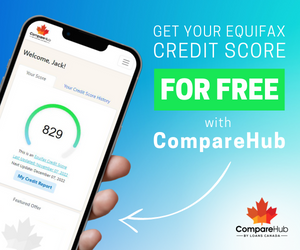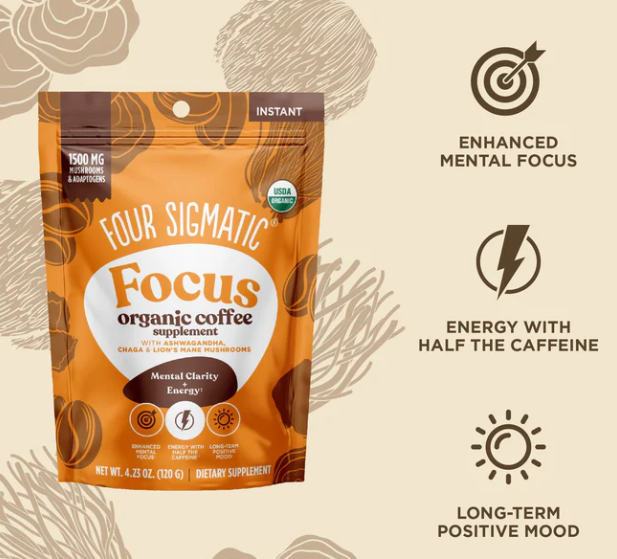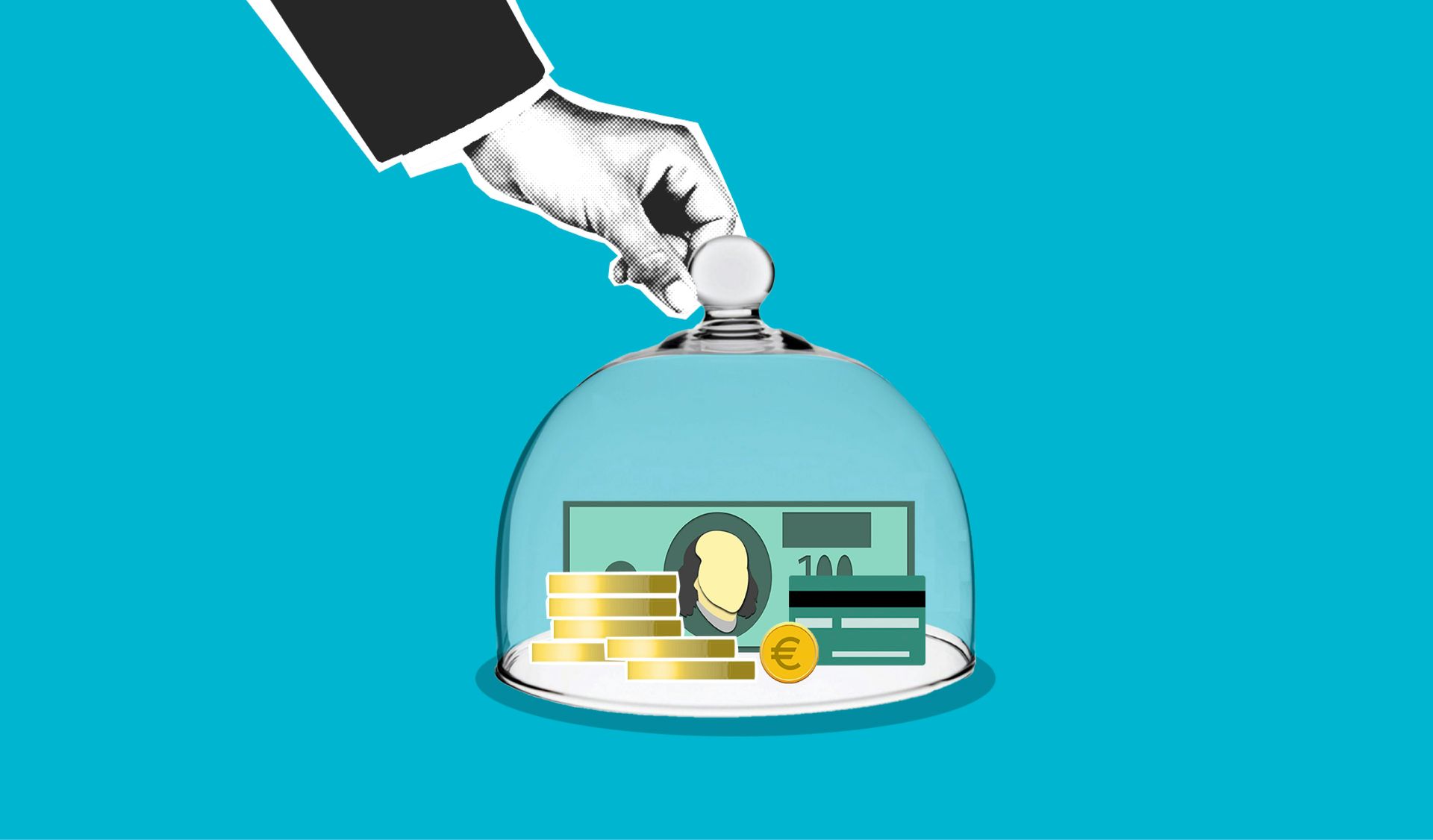
Peer-to-Peer Loans: The Key to Debt Consolidation

Peer-to-peer lending is a unique way to handle debt. It offers a different path than traditional loans. Borrowers can get loans with lower interest rates and simpler payments, making it easier to manage their debt.
Debt consolidation loans are a good option for those with many debts. Peer-to-peer lending makes it easier to get these loans. It allows people to combine their debts into one loan with a lower interest rate, making it simpler to pay off.
Peer-to-peer lending is popular for debt consolidation because of its flexibility and lower interest rates. It lets borrowers work directly with lenders to find loans that fit their needs. This approach offers a more personal way to handle debt.
Introduction to Peer-to-Peer Lending
Peer-to-peer lending connects borrowers with lenders directly, bypassing banks. This method allows for better loan terms, like lower interest rates and flexible payments. It's a way to get debt consolidation loans that are more favorable.
Key Takeaways
- Peer-to-peer lending offers a unique solution for debt consolidation
- Debt consolidation loans can be accessed through peer-to-peer lending platforms
- Peer-to-peer lending provides lower interest rates and simplified payment structures
- Peer-to-peer lending platforms connect borrowers with individual lenders
- Peer-to-peer lending offers a more personalized approach to debt consolidation
- Peer-to-peer lending can provide more favorable loan terms
Understanding Peer-to-Peer Lending Platforms
Peer-to-peer lending platforms have changed how we borrow and lend money. They connect people who need loans with those who have money to lend. This way, you can get a loan without going through banks. Peer-to-peer lending is faster and offers better rates and terms.
In the US, sites like Lending Club and Prosper are big names. They use tech to make lending and borrowing simple. This helps people get credit and investors make money.
Here's how it works: people who need loans apply, and investors put in the cash. The platform takes care of the payments.
Some great things about peer-to-peer lending include:
- Competitive interest rates
- Flexible repayment terms
- Easy application process
- Chance to get credit even with bad credit
Peer-to-peer lending is a smart choice for those looking for a different way to borrow and lend. By knowing how it works, you can make better financial choices. It's a way to get the most out of your money.
The Burden of Multiple Debts in Modern America
Many people in the United States face the challenge of multiple debts. This can weigh heavily on their financial health. High interest rates, complex payment plans, and lower credit scores are common issues. These problems make it hard to manage money well and reach financial stability.
Debt consolidation might be a solution. It combines several debts into one loan with a lower interest rate and easier payments. This can save money on interest and reduce stress from managing many debts. Key benefits include:
- Lower interest rates
- Simplified payment schedules
- Reduced stress and anxiety
Recent data shows many Americans are dealing with debt. Some studies say the average household has thousands of dollars in debt. This shows the need for good debt management, like debt consolidation, to help people financially recover.
Understanding the weight of multiple debts and looking into debt consolidation can help. It's a step towards financial freedom and a better future.
How Peer to Peer Loans Can Assist with Debt Consolidation
Debt consolidation can feel like a big challenge, especially with many debts and high interest rates. But, peer-to-peer loans offer a good solution for those looking to simplify their debt. These loans combine multiple debts into one, with a lower interest rate and easier payments.
Peer-to-peer loans stand out because they often have lower interest rates than other loans. This can save borrowers a lot of money, helping them pay off their debts faster. They also have a simplified payment structure, making it easier to keep track of payments.
Some key benefits of peer-to-peer loans for debt consolidation include:
- Flexible loan terms that can be tailored to meet the borrower's needs
- A more streamlined application process compared to traditional loans
- Access to a wider range of lenders and loan options
Considering peer-to-peer loans for debt consolidation is a smart first step towards better finances. With their competitive rates and flexible terms, they can help anyone looking to consolidate their debt and improve their financial health.
Qualifying for P2P Debt Consolidation Loans
To get a P2P debt consolidation loan, knowing what lenders look for is key. A good credit score shows you can handle debt well. They check your credit report to see if you're reliable.
Lenders also look at your income, job history, and how much debt you have. A steady income and not too much debt can help you get approved. Here are important things to remember:
- Credit score: A good score means better rates and terms.
- Income verification: You might need to show you can pay back the loan.
- Debt-to-income ratio: A low ratio shows you can manage your debt.
Improving your credit score and financial health can boost your chances. Look for lenders that fit your needs best.
Some lenders might have extra rules or things to think about. Always read the fine print before applying for a P2P debt consolidation loan.
Comparing P2P Loans with Traditional Consolidation Options
When looking at debt consolidation, it's key to know the pros and cons of each choice.
P2P loans are becoming more popular, but how do they compare to traditional options? Understanding the differences helps you make a smart choice.
In the United States, you can choose from bank loans, credit card balance transfers, and personal loans. These options might have good interest rates, but they can be strict and less flexible than
P2P loans. For example, bank loans might need collateral, and credit card balance transfers have rates that end after a certain time.
- Interest rates: P2P loans usually have better rates than traditional options, especially for those with good credit.
- Fees: P2P loans might have origination fees, but they avoid the hidden fees of traditional loans.
- Repayment terms: P2P loans offer flexible terms, like longer loan periods and lower monthly payments.
The right choice for you depends on your financial situation and goals. By comparing P2P loans with traditional options, you can make a better decision. Whether you choose P2P loans or traditional options, the goal is to consolidate your debt and reach financial stability.
The Application Process for P2P Debt Consolidation
Applying for a P2P loan to consolidate debt involves several steps. First, lenders check if you qualify by looking at your credit score. They then offer you a loan. To get ready, you'll need to collect your financial documents, like income statements and debt records.
The application process is online, making it easy and quick. Lenders might ask for more details, like proof of work or bank statements. It's important to compare loan offers to find the best deal for consolidating your debt.
Here are the main steps in the P2P loan application process:
- Check eligibility and receive loan offers
- Review and compare loan terms
- Accept the loan offer and agree to the terms
- Receive the loan funds and begin repayment
When applying, be ready to share your financial details and check the loan terms carefully. This way, you can have a smooth and successful experience with your P2P loan for debt consolidation.
Understanding Risk Factors in P2P Lending
P2P lending can be a good way to consolidate debt, but it comes with risks. These risks can affect your financial health a lot. One big worry is how it can hurt your credit score. A bad credit score means you might pay more interest, making it harder to pay back the loan.
Another big concern is the chance of default. If you can't pay back the loan, it can really hurt your credit score. It might even lead to legal trouble. So, it's important to check if the person borrowing has a steady income and good credit.
Also, watch out for hidden fees. Some platforms might charge extra fees, like origination or late fees. These can make the loan more expensive. Always read the fine print to know all the costs involved.
To avoid risks, do the following:
- Look into the lending platform's reputation
- Read the loan terms carefully
- Check if the borrower can afford the loan
By knowing the risks and taking steps to avoid them, you can use
P2P lending wisely. This way, you can consolidate debt without hurting your credit score too much.
Creating Your Debt Consolidation Strategy
To make a good debt consolidation plan, knowing how P2P loans work is key. A smart plan can help you handle many debts, lower interest rates, and pay on time. First, look at your money situation, like your income, spending, and debts.
When making your debt plan, follow these steps:
- Figure out how much you owe and find the debts with the highest interest
- Put your debts in order, starting with the most urgent ones
- Look into P2P loans and compare their rates and terms
- Pick a P2P loan that matches your financial needs and goals
Using P2P loans for debt consolidation can really help. By following these steps and picking the right P2P loan, you can make a plan that works for you. This will help you get back on financial track.
Always check and update your debt plan as needed. This ensures you're on the right path to your financial goals. With a good plan and the right P2P loan, you can make your finances simpler, reduce stress, and build a better financial future.
Managing Your P2P Loan Successfully
Managing P2P loans well means knowing the process inside out. This includes payment scheduling, which is key for on-time payments. A schedule helps you avoid late fees and penalties, making loan management easier.
To get the most from your P2P loan, keep these tips in mind:
- Set up automatic payments for timely repayments
- Review and adjust your payment schedule as needed
- Communicate with your lender about any changes or concerns
Understanding the benefits of early repayment is also important. Paying off your loan early can save you on interest and lower the loan's cost. It's also crucial to keep in touch with your lender to solve any repayment issues.
By following these tips and keeping up with your payment scheduling, you can have a smooth P2P loan experience. Always be ready to adjust your plan to get the best results.
Alternative Options When P2P Loans Aren't Suitable
When peer-to-peer loans aren't an option, there are other alternative debt consolidation options to look at. These alternatives can help people manage their debt effectively. Options include debt management plans, credit counseling services, and other lending choices.
Debt management plans help you pay off debts with the help of a credit counselor. This is great for those struggling to make payments alone. Credit counseling services offer guidance and support to manage debt and make smart financial choices.
Other options like balance transfer credit cards or personal loans from banks are also available. It's important to look at the terms and conditions, including interest rates and fees. This ensures they fit your financial goals.
Finding the right alternative debt consolidation options requires research and comparison. Consider your financial situation, credit score, and debt when making a choice. Whether it's a debt management plan, credit counseling, or another loan, the goal is to manage your debt and achieve financial stability.
- Debt management plans
- Credit counseling services
- Balance transfer credit cards
- Personal loans from traditional lenders
Exploring these alternative debt consolidation options is a step towards managing your debt and gaining financial freedom.
Building Financial Health Beyond Consolidation
After you've consolidated your debt, it's time to work on your financial health. Start by making a budget, saving for emergencies, and investing in your future. It's also important to keep an eye on your credit reports and scores.
This helps you see where you can improve and make changes. By doing this, you'll be able to manage your finances better and achieve stability in the long run.
Debt consolidation is a big step towards financial health. It makes your payments easier and can lower interest rates. But, it's also key to tackle the reasons you got into debt in the first place.
This might mean changing how you spend money, finding ways to make more, or getting advice from experts. Taking a complete view of your finances helps you manage them better and reach financial stability.
Here are some ways to improve your financial health:
- Make a budget that covers all your expenses.
- Save money for emergencies.
- Invest in a retirement account or other long-term investments.
- Check your credit reports and scores often.
By using these strategies and focusing on your financial health, you can secure a stable financial future. Remember, improving your finances is a journey. It needs ongoing effort and attention to keep it on track.
Conclusion
Peer-to-peer (P2P) loans are a game-changer for managing debt. They help combine many debts into one easy payment. This way, Americans can handle their finances better and avoid high-interest rates.
If you're dealing with credit card debt, personal loans, or other financial burdens, P2P loans can help. They offer lower interest rates, flexible terms, and a simple way to pay back what you owe. This makes it easier to manage your debt and work towards a better financial future.
Starting your debt consolidation journey requires careful planning. Look at your options, know the terms, and make a solid repayment plan. With hard work and the right tools, you can beat debt and achieve financial stability for the long haul.
FAQ
What is peer-to-peer (P2P) lending?
Peer-to-peer lending lets people lend and borrow money directly. It skips the middleman, like banks. This way, you can get better interest rates and easier payments.
How do P2P lending platforms work?
P2P platforms connect lenders with borrowers. Borrowers apply for loans, and investors choose which ones to fund. The platform handles everything from processing to collecting payments.
What are the benefits of using P2P loans for debt consolidation?
P2P loans can have lower interest rates and simpler payments than other options. They also offer flexible terms. This makes it easier to manage and pay off multiple debts at once.
What are the key factors to qualify for a P2P debt consolidation loan?
Your credit score, income, and debt-to-income ratio matter for P2P loans. Lenders also look at your job history and financial stability.
How do P2P loans compare to other debt consolidation options?
P2P loans often have better rates and terms than bank loans or credit card transfers. But, they might have different rules and risks.
What are the potential risks associated with P2P lending?
Risks include lower credit scores and default. Also, hidden fees can be a problem. Always read the fine print before agreeing to a P2P loan.
How can I create an effective debt consolidation strategy using P2P loans?
Start by making a budget and prioritizing your debts. Choose a P2P loan that suits your financial situation. Remember to think about your long-term goals and how to manage the loan well.
What are some alternative options if P2P loans are not suitable for my needs?
If P2P loans don't work, consider bank loans, credit card transfers, or debt management plans. It's key to weigh the pros and cons of each to find the best fit for you.
How can I build financial health beyond debt consolidation?
To improve your finances, start with budgeting and saving. Investing and checking your credit reports are also important. Building good financial habits can lead to long-term stability and security.


*Disclaimer: Brand Street Agency is authorized to use goPeer's trademarks and branding solely for marketing purposes related to goPeer’s loan products with prior written consent from goPeer. goPeer Corporation and its affiliates are not responsible for any content, statements, or representations made by Brand Street Agency on this website. Loan approvals are not guaranteed and are subject to goPeer's underwriting policies. Terms and conditions apply. For the most accurate and up-to-date information regarding goPeer’s loan products, please visit goPeer's official website (https://gopeer.ca). Brand Street Agency operates as an independent entity and is not an employee, representative, or affiliate of goPeer Corporation or its affiliates. Brand Street Agency may receive compensation for its services.
goPeer offers unsecured personal amortizing loans throughout Canada in amounts from $1,000 to $35,000 with terms of 3 or 5 years and Annual Percentage Rates (APR) between 8.99% and 34.99%, depending on an assessment of the borrower’s credit profile, financial position, and ability to service the loan. If a payment is unsuccessful, goPeer may charge an unsuccessful payment fee of $50. If a payment is late 30 or more days, goPeer may charge a late payment fee of $25 or 5% of the payment due, whichever is greater. goPeer charges an origination fee included in the advertised APR. There are no other fees on loans. Loans are subject to credit and underwriting approval and lending rules may vary by province. For example, the average borrowing cost paid on a $9,400 unsecured personal loan at an APR of 18.8%, with a 5-year term and bi-weekly payments of $104.80 is $4,794.49.













